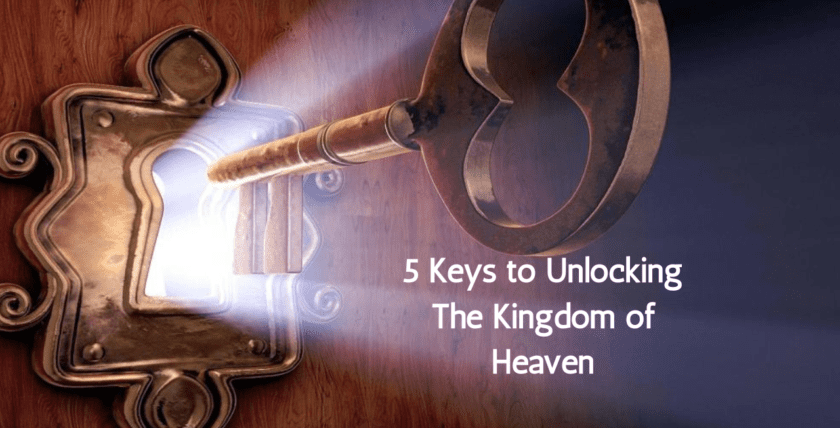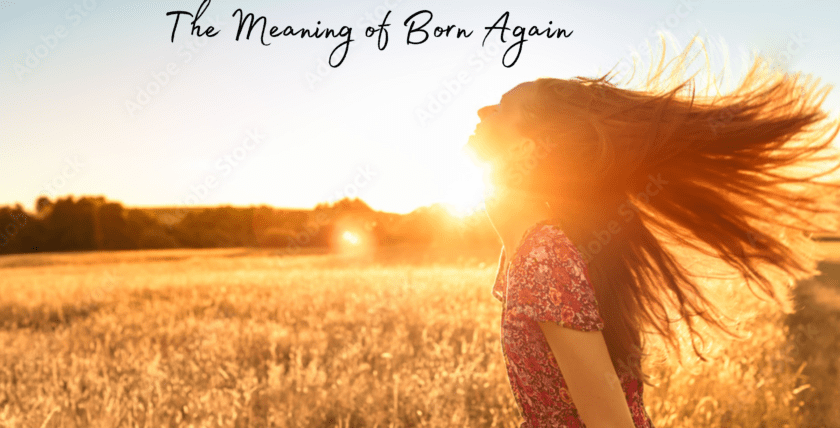Let’s go through Genesis 1:26-27 and uncover what the writer tells his audience, in turn, us. Then God said, “Let us make man in our image, according to our likeness.” The first word of interest in this verse is Elohim; this Hebrew word is plural and translated as plural or singular depending on the context. Like here, “Then Elohim (God singular) said, “Let us (indicating plural Elohim’s) make man in our (again multiple Elohim’s) image, according to our likeness. There is a group of Elohim’s here.
The next word of interest is Asah, which means to make from something preexisting. In Genesis 1:7, God made (asah) the expanse and separated the water under the expanse from the water above the expanse. God made and shaped humanity from the earthly materials he previously created. “To Make” is different from “To Create.” The Hebrew word for “Create” is Bara, to create ex nihilo – from nothing. Divine creation of something entirely new, Genesis 1:1: In the beginning, God created (bara) the heavens and the earth. Bara focuses on the origination of a thing, while asah focuses on taking something and making it into “a thing.” For instance, taking a rock, a thing, and making (asah) a statue. The rock was without purpose and was shaped into something of purpose.
God shaped man into an image; Tselem conveys the idea of a physical or representational appearance of something. A resemblance of a thing. Since Jesus said God is a Spirit, it wouldn’t be a physical resemblance of a Spirit, so it must represent Elohim/Elohim’s. In the ancient cultural context, “image” was a statue representing a deity. It was thought that having a statue/image of a deity in your home or temple represented that particular god would embody or inhabit the statue.
In the Jewish culture, they were prohibited from making any images representing Yahweh. To them, the human body itself was a visible representation of God on earth, and they saw the reflection of God’s authority over the earth and his character on the earth in humanity, specifically as a Jew is in the “likeness” Demuth of God; Demuth means similarity, but not physicality. Having similar attributes and functional abilities rather than similar physical or spiritual likeness. In Jewish culture, humans shared attributes and qualities with God, such as consciousness, rationality, morality, and relational abilities. Using Tselem and Demuth in this verse emphasizes that humanity is meant to resemble Elohim on earth in character and attributes. Being in the image and likeness of Elohim on earth implies we are to manage creation as representatives of God and reflect the character of God in creation by utilizing our God-given abilities and character traits.
In the ancient Near Eastern culture, as the context for Genesis, kings were believed to be the image of a nation god or gods (Elohim). Nebuchadnezzar, Alexander the Great, and Ceasar were all considered gods. In this passage, by using “Tselem” and Demuth,” God is crushing that idea. This passage says every person bears the authority, characteristics, and attributes of the invisible Elohim, not just kings, rulers, or priests. A familial relationship between God and every human highlights the dignity and responsibility of being made in God’s image and likeness.
Because we’re created in the image and likeness of Elohim, why aren’t we perfect? Because not all “Elohim” are perfect. We’re made in the resemblance and characteristics of God and the other Elohim. Let “us” make man in “our” image according to “our” likeness. Mankind was made in the image and likeness of Elohim, just like the other elohim, which was also made in God’s image and likeness.
But there is a distinction between Elohim. In our culture and because of our monotheistic theology, we assign attributes to the term “God.” However, in the ancient Near East cultural context, attributes weren’t assigned to a term or word for a deity but to the name of the deity. There are more than twenty different Names for the God of all creation in scripture: Yahweh (I AM WHO I AM) or (I WILL BE WHAT I WILL BE): EL Shaddai (God Almighty), El Elyon (The Most High God), El Olam (The Everlasting God), Yahweh Sabaoth (The LORD of Hosts). The names of Yahweh reveal various aspects of God’s character and attributes.
Other Elohim are also identified by their name or function/designation in scripture, and we’ll discuss those elohim in the next episode. The other elohim (gods) were created by Yahweh in his image and likeness before he made man. They also are reflections of Yahweh and represent his character in heaven and earth. And like humanity, these elohim also exhibit free will because we see in the Bible many acts of rebellion and resistance to God’s plans by them. This is seen in the very first rebellion in the Garden against God’s plan for the cosmos. The Serpent was determined to trick humanity into disobeying God and thereby scarring God’s image and likeness in man. This would “make” man less than the elohim. But God planned to “make” a man-like “Elohim.” This exposed jealousy, envy, and pride on the part of some elohim, creating an inevitable course of conflict between the celestial and terrestrial families of God.
We see the beginning of the conflict in Genesis 3:14-15. Who are the offspring of the Serpent that will strike the heel of the offspring of humanity? Jesus tells us in John 8:44 that the Serpent/Satan/The Devil is a murderer because his desire is for man to die and not to be conformed to the image and likeness of God.
And who are the offspring of the one who will strike the head of the Serpent? The apostle John tells us in John 1:11-12. Those who don’t receive Jesus, who don’t believe in him as their Messiah to strike the head of the Serpent, are the offspring of Satan. But the ones who receive Jesus as their Messiah by faith are his offspring; therefore, they’re the children or sons of God.
The battlefield is drawn between the children of the Gods: Those who are the children of Yahweh and those who are the children of the rebellious elohim. Our world is in constant conflict between the children of Elohim. There is only one “Most High God” – Yahweh – but there are other elohim – gods – who have forsaken the image and likeness of the “I AM” to follow the image and likeness of “I Want to BE” – The Serpent.


